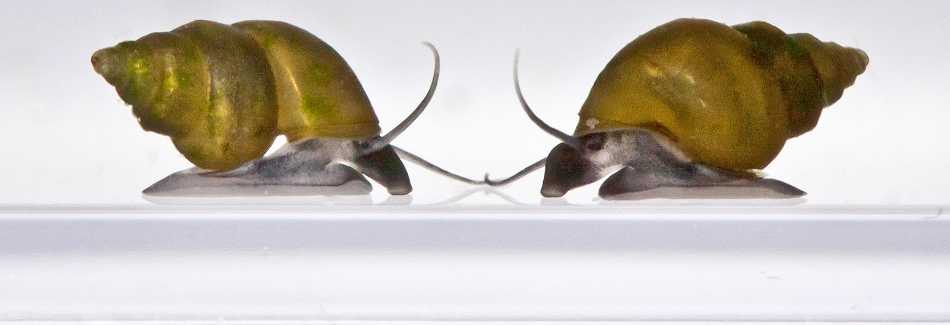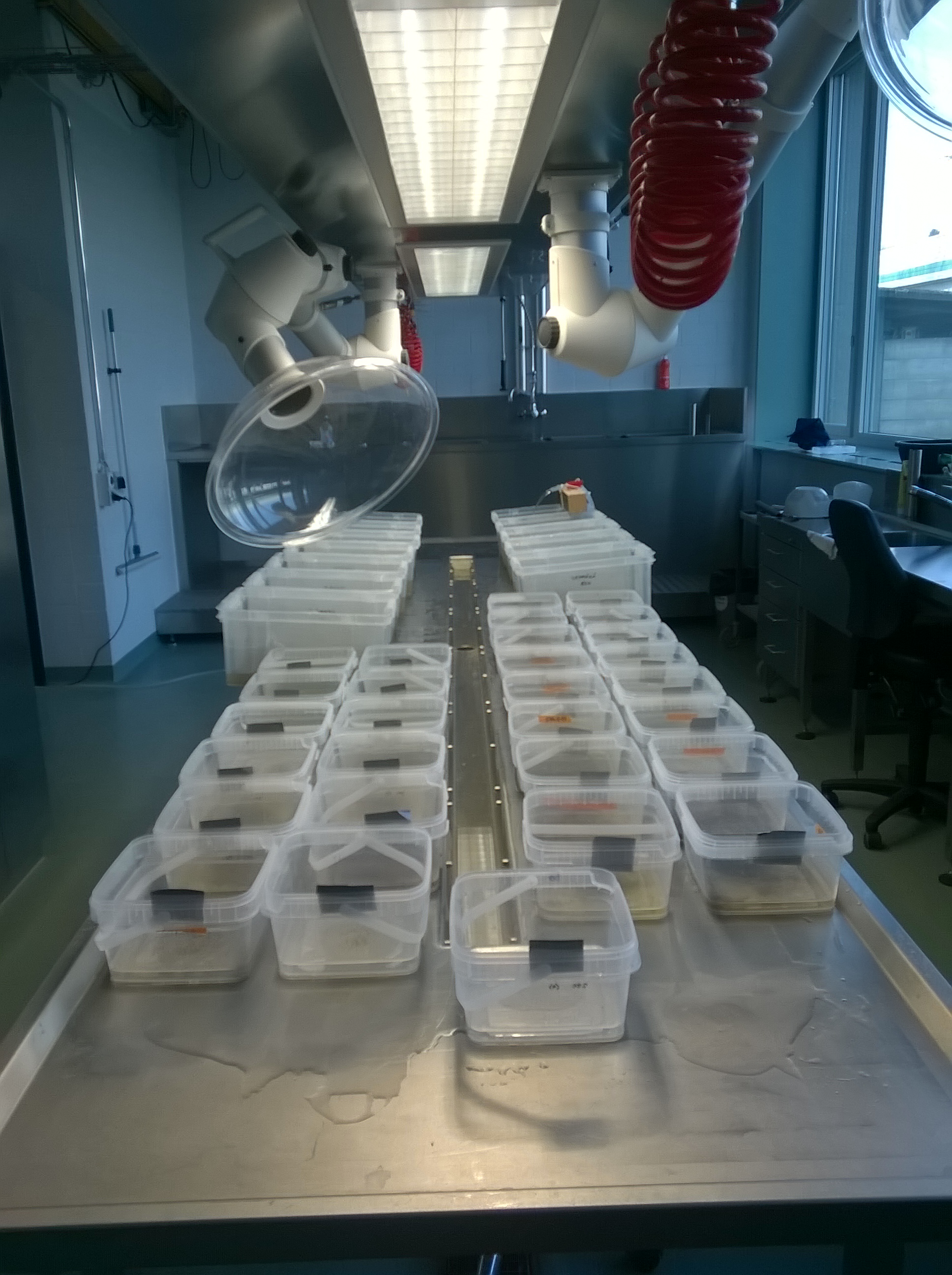The Sex Question
Why is sexual reproduction widespread? All else equal, an asexual clone is expected to outcompete a sexual population in a handful of generations - but even in species where occasional asexuals emerge, sexual reproduction seems to dominate.

Sexual reproduction is costly because male offspring do not contribute directly to population growth. Therefore, asexual all-female clones should be able to replace the sexual lineages when in competition. In many species sexual lineages occasionally give raise to all-female clones that should outcompete the ancestral sexuals, but yet sex prevails. Sex seems to have a strong advantage in competition to asex. This is the paradox of sex.
Graham Bell called the paradox of sex the "Queen of Problems in Evolutionary Biology". Obviously, the question is also about biological diversity: what is the advantage of having offspring that are different from the parent.
The parasite hypothesis for sex predicts that antagonistic coevolutionary interactions (e.g. between the parasite and the host population) favor sexual reproduction. The hypothesis states that rapidly coevolving parasites specialize through natural selection to disproportionately infect common asexual host genotypes, eroding their intial growth-rate advantage. The parasite hypothesis for sex is derived from ideas of Bill Hamilton and John Jaenike in 1970s, but the advantage of sex against rapidly adapting pathogens was already put forward by JBS Haldane.
Our long-term project on host-parasite coevolution in a New Zealand Lake Alexandrina tests the parasite hypothesis for sex. Potamopyrgus antipodarum, the host snail, has mixed populations of sexual and clonal individuals in the lake. The snail hosts a trematode parasite, Atriophallophorus winterbourni, that completes its life cycle in a freshwater duck. The parasite castrates the host snail, turning them to maintenance units of hundreds of parasites that wait for the snail to be eaten for comleting the life-cycle in a bird.
We have been following infection frequencies in the Lake Alexandrina population since 1994. Material and data that were produced during this long-term research project builds the base of our present studies, occasionally topped-up with newly collected material.
For the parasite hypothesis for sex to work, parasite population should rapidly adapt on a common asexual clone that is increasing in frequency in the population. This rapid adaptation should erode the fitness advantage of this asexual lineage and favor sexual lineages that present more variable resistance genotypes.
Preserved and fresh snail material allows us to examine if the clonal dynamics in Lake Alexandrina follow the prediction of parasite hypothesis for sex. In our ongoing project we use large-scale genotyping of past and present snail and parasite populations to reveal the clonal dynamics driven by parasite adaptation. We follow by experimentally testing resistance of particular host genotypes to coevolving parasites.
The goal of these complementary projects is to directly examine if the predicted rapid fluctuation of asexual lineages take place in natural populations and verify the role of coevolution in the failure of invading clonal lineages.



